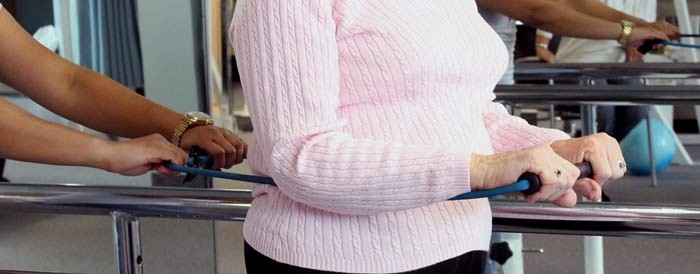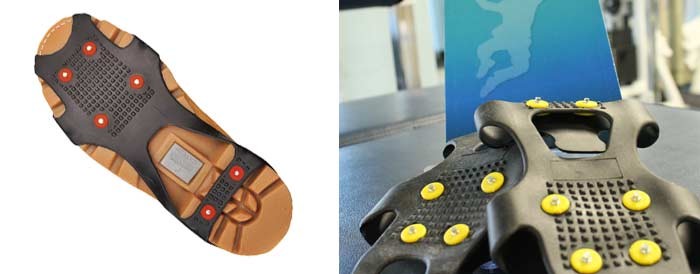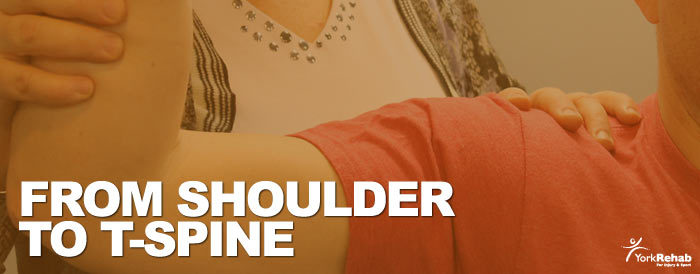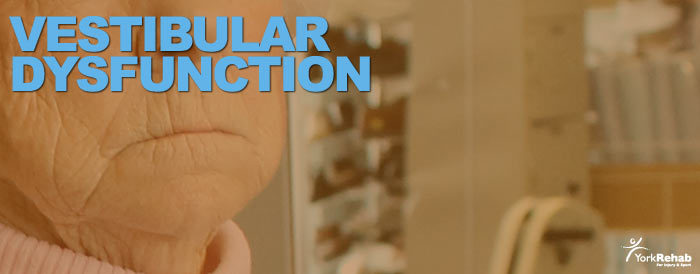Injury & Recovery
Living Well After A Stroke
The number of people having a stroke in Canada is increasing each year and it’s not just the elderly who are at risk. In practice we are seeing more and more young people surviving a stroke. Some stroke statistics:
- Every seven minutes a Canadian dies of heart disease or stroke;
- 80% of Canadians have at least one of the risk factors for heart and/or vascular disease;
- In 2009, about 315,000 Canadians living in the community reported that they had suffered from the effects of a stroke.
1. WHAT IS A STROKE?
Stroke is a “brain attack” caused by a disturbance of the blood supply to the brain.
2. TYPES OF STROKE
There are two main types of stroke. ISCHAEMIC STROKE is the most common. It’s caused by a clot narrowing, or blocking blood vessels so that the blood cannot reach a particular area of the brain. The lack of oxygen supply leads to the death of brain cells. HAEMORRHAGIC STROKE occurs when a weakened blood vessel in the brain bursts. This produces bleeding in the brain and therefore, damage. Sometimes surgery is necessary in these cases. MINI STROKE – also known as TIA (TRANSIENT ISCHAEMIC ATTACK) – is similar to a stroke and has the same signs, but gets better within 24 hours. However, it must be seen as a warning sign of a more serious stroke in the future and must also be treated as a medical emergency.
3. SIGNS AND SYMPTOMS OF A STROKE
By being aware of the signs and symptoms of a stroke, you could save the life of a family member, a friend or someone in your community. ACT F.A.S.T!
FACE – can the person smile? Is one side of the face drooping?
ARMS – can the person raise both arms?
SPEECH – is their speech slurred?
TIME – time to call 911 right away if you see any one of these signs.
Act FAST because the quicker you act, the more completely the person may be able to recover!
4. RISK FACTORS
Medical conditions: high blood pressure, high cholesterol, atrial fibrillation, diabetes.Lifestyle: smoking, physical inactivity, being overweight, poor diet, stress.
5. WHAT HAPPENS AFTER A STROKE?
Depending on the area of the brain affected and the type of stroke, patients will have different results. The most common physical effect, and the one best known to the public, is decreased mobility of one side of the body. As with any brain injury, patients will present generalized fatigue and decreased ability to cope with everyday activities. Patients may also have speech and cognitive impairments that can be addressed in a multidisciplinary treatment approach.
6. HOW CAN A PHYSIOTHERAPIST HELP A STROKE SURVIVOR?
Physiotherapy looks at the physical aspects of health. A Registered Physiotherapist can help stroke survivors increase their mobility, independence and overall endurance. A Registered Physiotherapist will perform a complete assessment to understand the impairments and functional mobility status and will tailor a rehabilitation program. Reducing the risk of falls, and making the person safer and able to move independently, are primary goals after a stroke. We can help you to live well!
Staff attend Concussion Course – Returning to Sport After Injury
Topics included current techniques for the treatment of concussions and how to help people return to sport after injury. Course was organized by the Orthopeadics division of the Ontario Physiotherapy Association. Lecturers included Dr. Chantal Vaidyanath, a physiatrist who works with Toronto Rehabilitation Institute, St. Michaels Hospital and Synergy Sports Medicine and Rehabilitation, specializing in treating patients with Traumatic Brain Injuries. Dr. Michael Hutchison, Director of the Concussion Program at the David L MacIntosh Sports Medicine Clinic and an Associate Professor at U of T. And Jacque van Irssel, a physiotherapist and PhD Student with U of O who has extensive experience treating patients with concussion. She is also an educator of physiotherapists on the management of post concussion symptoms.
Safer Way to Travel During The Winter
In the cold winter months when we are experiencing the deep freezes, be on the look out for slippery surfaces. Falls due to slippery conditions can lead to unnecessary injury. Significantly reduce the risk of slipping by wearing the proper foot gear and using a pair of Ice Traxx. These easy on and off boot grips help improve traction with sneakers, boots, dress shoes etc. The ground gripping steel studs make this accessory a great option for winter safety.
These boot accessories are very affordable. You can purchase a pair of Ice TRAXX at our clinic for $10. See reception for details.
From Shoulder to T-Spine: Become Unconsciously Competent
York Rehab’s Physiotherapists Jen Bladon did a guest post (May 14, 2014) for the move-everywhere.com website, whose mission is to develop an elite health and fitness conference for allied health, fitness and sports medicine professionals. Jen’s article focused on the shoulder along with its complexities and dependencies. You can read Jen’s article here.
Vestibular Dysfunction
Vestibular dysfunction is quite common, especially in older people. A major symptom that one can experience is dizziness. When people get the type of dizziness called vertigo, or a sensation of the room spinning, this is often a sign of a problem with the vestibular system. The vestibular system includes the parts of the inner ear and brain that help control balance and eye movements.
The risk of falls, which increases with age, is associated with dizziness, a loss of balance, weakness, a cardiac event (i.e. heart attack) or a stroke, etc. Falls are among the leading causes of hospital admissions for elderly people.
In a recent study by Dr. Marousa Pavlou and her colleagues at King’s College in London, 25 older adults with two or more unexplained falls in the past year were compared to 16 healthy older adults.¹ Another group included in the study were 15 adults previously diagnosed with a vestibular disorder. The study focused on finding out if adults who fell were more likely to have vestibular impairment. The researchers looked at several different areas to compare the groups, including risk of falls, quadriceps strength, and walking.¹
The researchers found that 80% of adults who had multiple falls tested positive for having a vestibular disorder.¹ By comparison, only 19% of the adult non-fallers were found to have a vestibular impairment. On walking tasks, the older adult fallers had a higher risk of falling as well as significantly poorer overall performance. Similarly, when comparing the adult fallers to the group with a confirmed diagnosis of vestibular impairment, the researchers found the adult fallers had weaker quadriceps muscles .
A recent article by Dr. Will Boggs highlighted the importance of this study.² The article also quoted Dr. Yuri Agrawal (from John Hopkins University School of Medicine’s Department of Otolaryngoglogy-Head and Neck Surgery), who emphasized the increased likelihood of vestibular impairment in the elderly and likewise the increased risk of falls in those diagnosed with a vestibular disorder.
Dr. Agrawal draws attention to the need for testing for the possibility of vestibular impairment in elderly people who have experienced multiple falls.²
The importance of this research study should not be overlooked. Both the study and the article’s authors suggest that the majority of adults who experience multiple falls and test positive for vestibular impairment, improve with rehabilitation.¹´² The article recommends that older adults who fall should be tested to see if they have vestibular impairment, and if they do, they should be referred to appropriate health care professionals: ENT (Ear, Nose and Throat Doctor) for further evaluation, or to physical therapists trained in vestibular rehabilitation, who can provide vestibular training. Falls clinics or falls prevention programs and family doctors may start to look at testing their patients for vestibular impairment. In seniors testing positive for vestibular impairment, vestibular training may be an effective treatment. This article highlights the importance of testing elderly patients who have multiple falls for vestibular impairment,² and how this could directly affect the number of hospital admissions attributed to falls in the elderly.
1. Pavlou, M. et al., “Peripheral vestibular dysfunction is prevalent in older adults experiencing multiple non-syncopal falls versus age-matched non-fallers: a pilot study”, in Age and Ageing. London, UK. May 2013.
2. Boggs, W., summary article. “Peripheral vestibular dysfunction common in older adults who fall”. Reuters Health, New York, N.Y. October 10, 2013.





